Category: Uncategorized
-

Beat the Heat: Essential First Aid Training for Dehydration
13/06/2025
Donec quis arcu ut lorem suscipit porttitor at vel libero. Cras et justo ac mi volutpat pellentesque vel vel quam. Maecenas pellentesque egestas varius. Nam…
Read More -
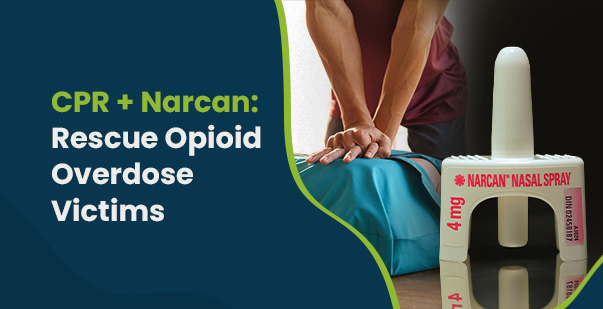
CPR for Opioid Overdoses: Combining Rescue Breathing with Narcan
30/05/2025
Did you know that opioids caused over 80,000 overdose deaths in the U.S. in 2022? Opioids, like heroin, fentanyl, and prescription painkillers, can slow breathing…
Read More -
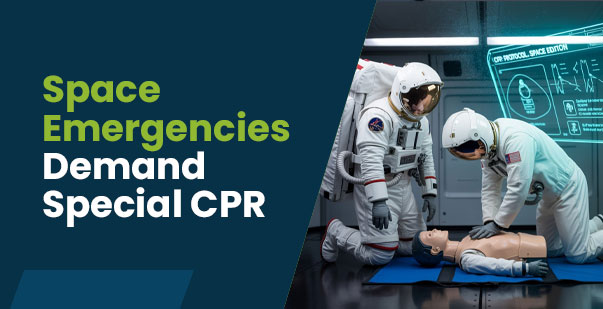
CPR in Space: Training Astronauts for Zero-Gravity Emergencies
30/05/2025
Imagine you’re floating in the stillness of space, surrounded by blinking panels and the soft hum of the spacecraft. Suddenly, your crewmate grabs their chest…
Read More -
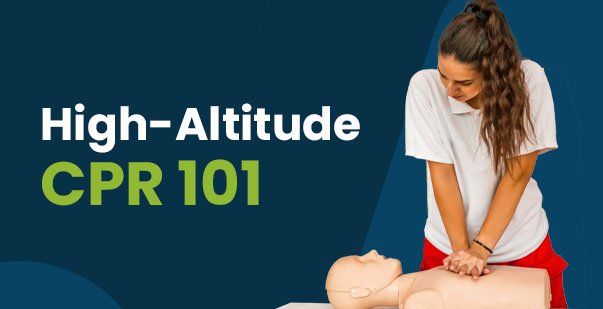
CPR Guidelines for High Altitude Situations – Emergency Guide for Rescuers
29/05/2025
Do you know that the primary outcome of cardiopulmonary resuscitation (CPR) in high-altitude situations decreases by 1 cm compared to the baseline? A recent study…
Read More -
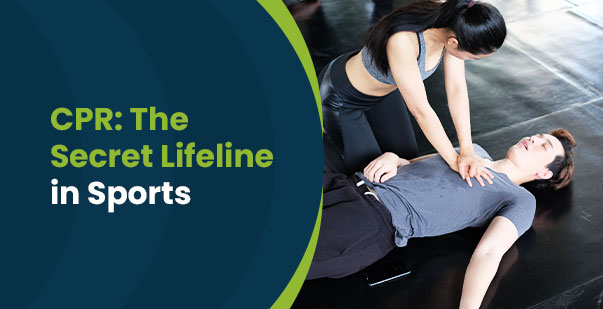
How Advanced CPR Training Tools Are Changing Education in 2025
29/05/2025
Over 356,000 out-of-hospital cardiac arrests occur in the United States annually. With such staggering numbers, the need for cardiovascular resuscitation (CPR) training is more urgent…
Read More -
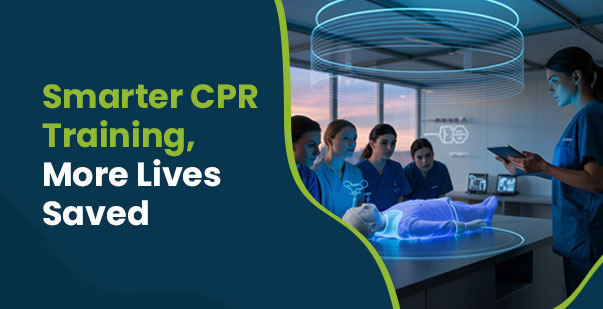
How Sports CPR Training Can Prevent Deaths Due To Cardiac Arrest In The Field
28/05/2025
Did you know that survival rates can decrease by 10% for every minute without CPR after cardiac arrest? Yet, on playing fields across the country,…
Read More -
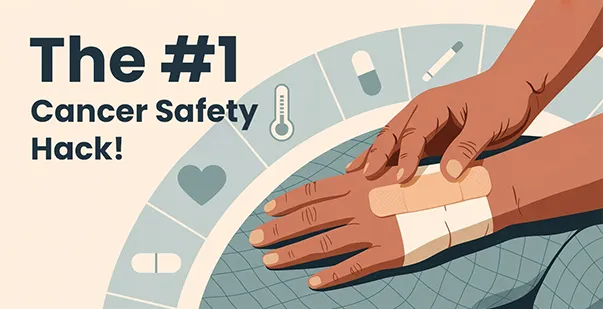
How First Aid Training Supports Cancer Patient Safety at Home
28/05/2025
It’s 2:17 a.m, a caregiver wakes up suddenly j to the sound of coughing, sharp, relentless. In the dim light, she sees her father, pale…
Read More -

May Health Highlights: What You Need to Know (Overview of Awareness Themes)
21/05/2025
May has a special kind of energy. The weather’s warmer, flowers are blooming and everywhere you turn, people are talking about health. Over 78% of…
Read More -
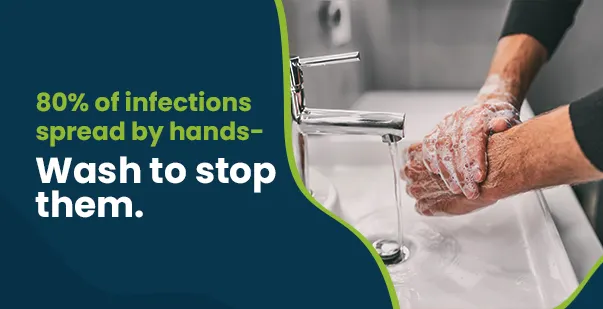
Clean Hands Save Lives: The Role of Hand Hygiene in Infection Control
21/05/2025
Did you know that 58% of common infections spread through hand contact? Every surface we touch, whether it’s a doorknob, a shared computer keyboard, or…
Read More -
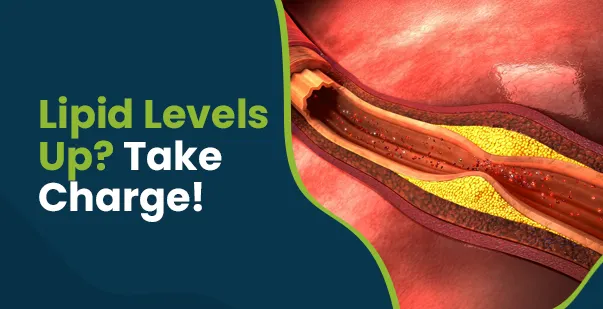
National Lipid Day: Managing Cholesterol for a Healthy Heart
07/05/2025
When was the last time you thought about your cholesterol levels? If your answer is “never” or “ages ago,” you’re not alone. That’s exactly why…
Read More